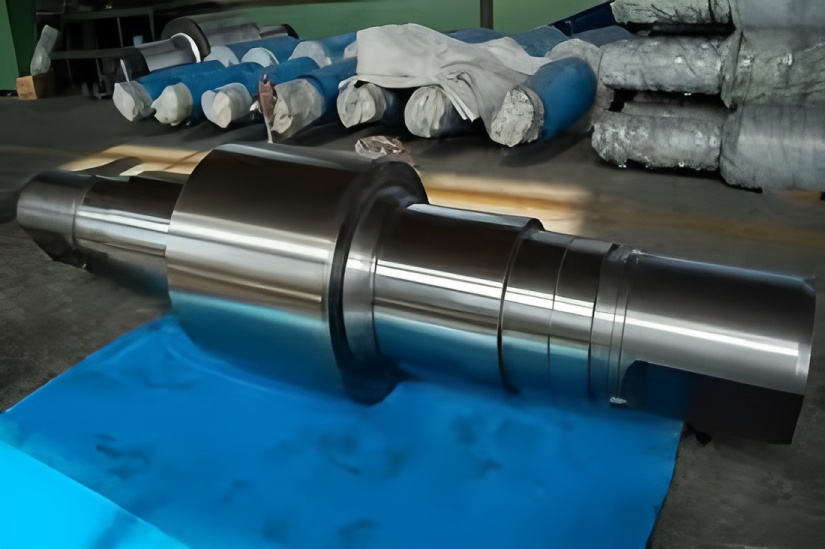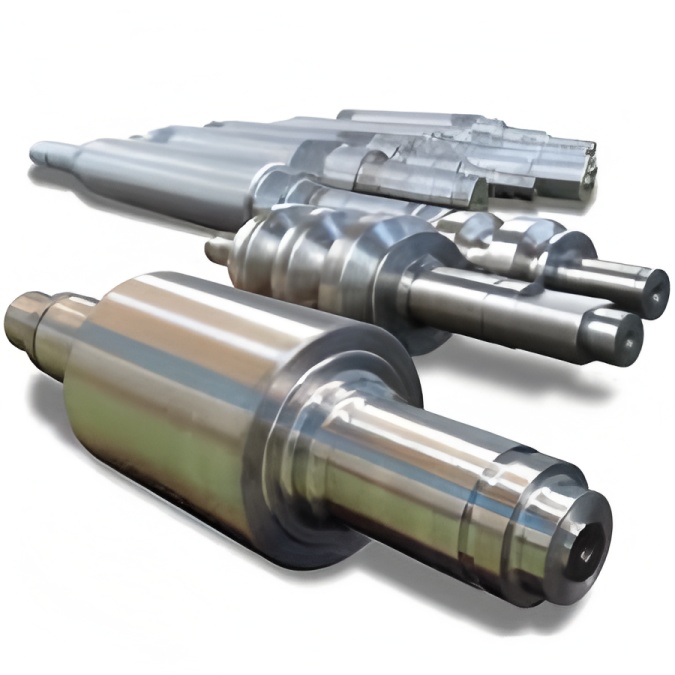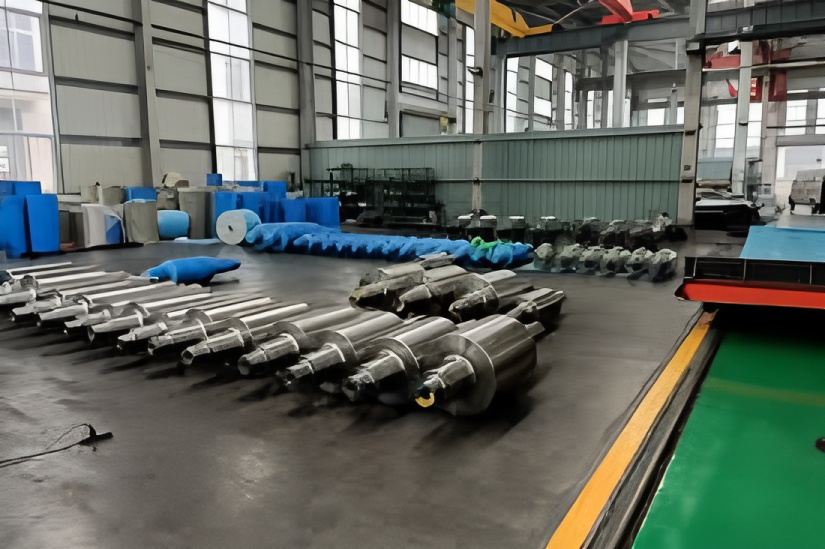Related Product: https://hanirolls.com/
1. How to solve strip surface indentations?
Stop production immediately when indentations are detected
Identify the source by analyzing indentation pattern and periodicity
Inspect work rolls, intermediate rolls, and backup rolls for surface damage
Check scale breaker rolls if indentations show short periodicity
2. Causes of strip breakage:
Material defects: Severe edge defects, improper pickling, thickness variations, shape problems
Equipment failures: Electrical, control system, or hydraulic malfunctions; tension fluctuations
Operational errors: Unnoticed strip deviation, improper pass schedule, excessive reduction
Roll failures: Roll breakage or spalling
3. Procedure after strip breakage:
Immediate shutdown
Remove strip from mill stands and inspect rolls for damage
Clean broken strip fragments from housing
Check main drive shaft and safety pins for damage
Carefully monitor first coil after roll replacement
4. Causes of thermal scratches:
Insufficient emulsion flow during high-speed rolling
Elevated roll temperature breaking emulsion oil film
High-speed roll slippage causing friction
Note: Thermal scratches are typically shallow with minimal texture
5. Thermal scratch control measures:
Increase emulsion flow rate
Lower emulsion temperature
Verify roll diameter input accuracy
Monitor work roll current differential
Ensure consistent roll roughness
Check adequate roll bending force
6. Causes of hard scratches:
Excessive roll service time reducing surface roughness
Over-reduction causing roll slippage
Common in early passes (1-2) with heavy reduction
Note: Hard scratches are deeper and more visible
7. Hard scratch control in passes 1-2:
Replace rolls when roughness deteriorates
Increase exit tension, decrease entry tension
Apply reduction gradually to target thickness
Avoid sudden speed reductions
Adjust reduction amount if slippage marks appear
8. Pre-compression functions:
Eliminates roll system clearance
Ensures displayed rolling force reflects actual strip force
Provides accurate roll gap indication
Equalizes roll gap across strip width
9. Pre-compression procedure:
Select pre-compression mode on AGC computer
Zero rolling force at 20cm roll gap position
Apply initial light force (200T) to equalize cylinder position
Input target roll gap setting
Apply pressure incrementally
Maintain constant pressure with emulsion and 200m/min rotation
Stabilize when both sides show equal force
Complete pre-compression cycle



